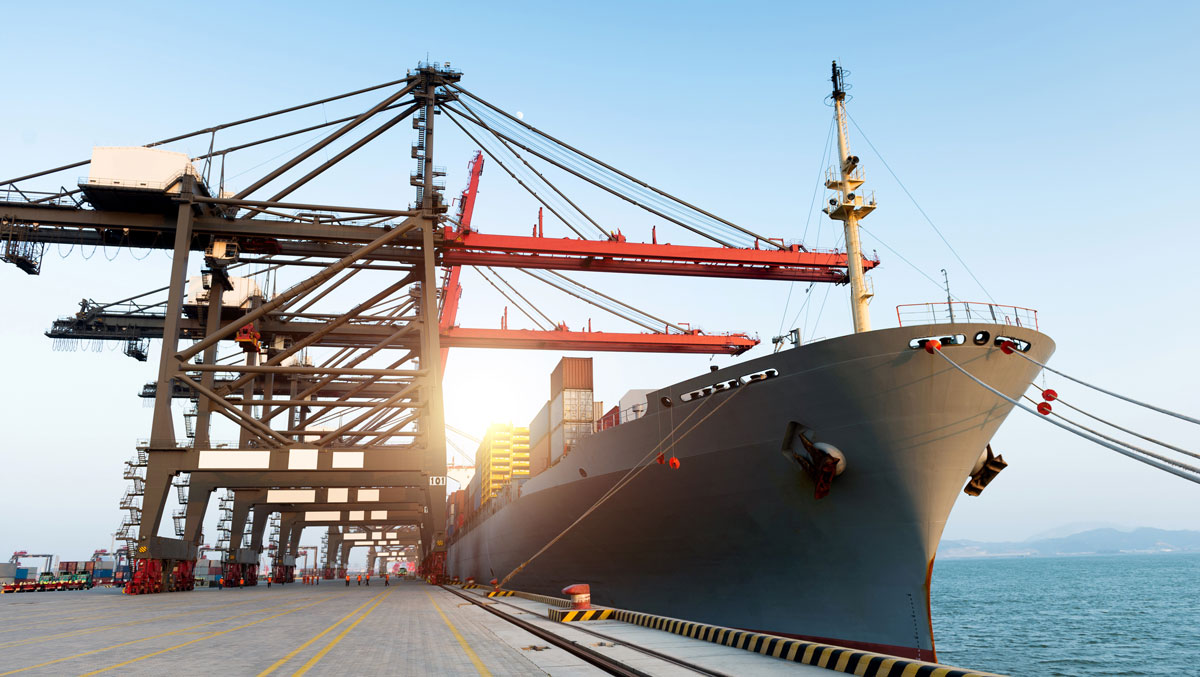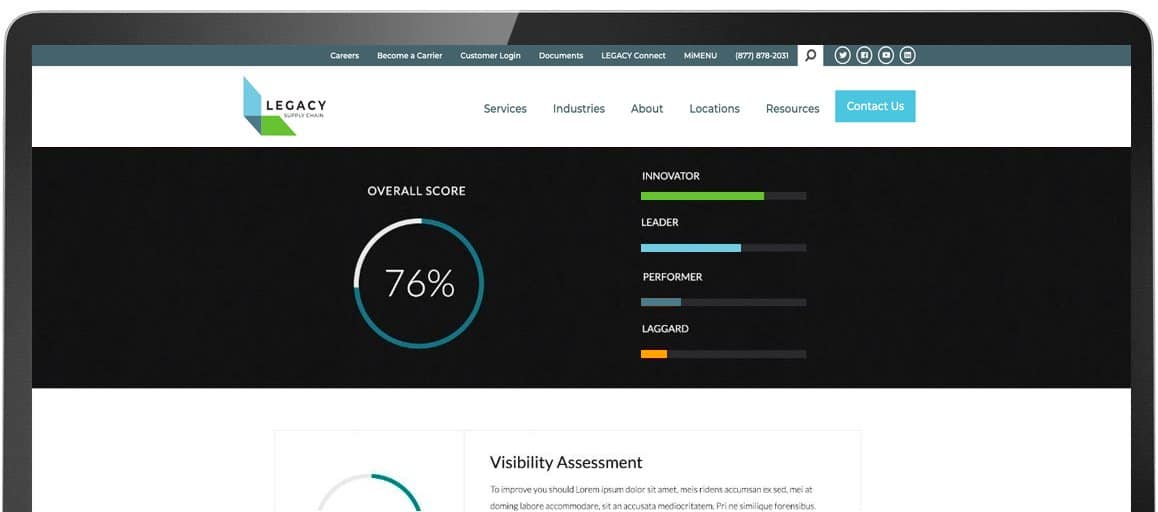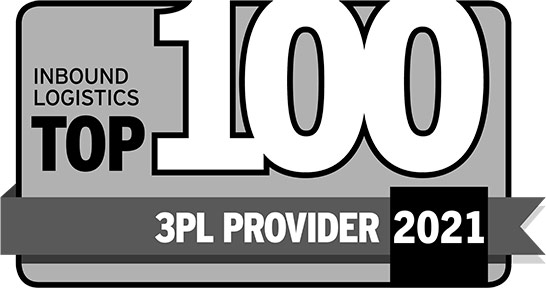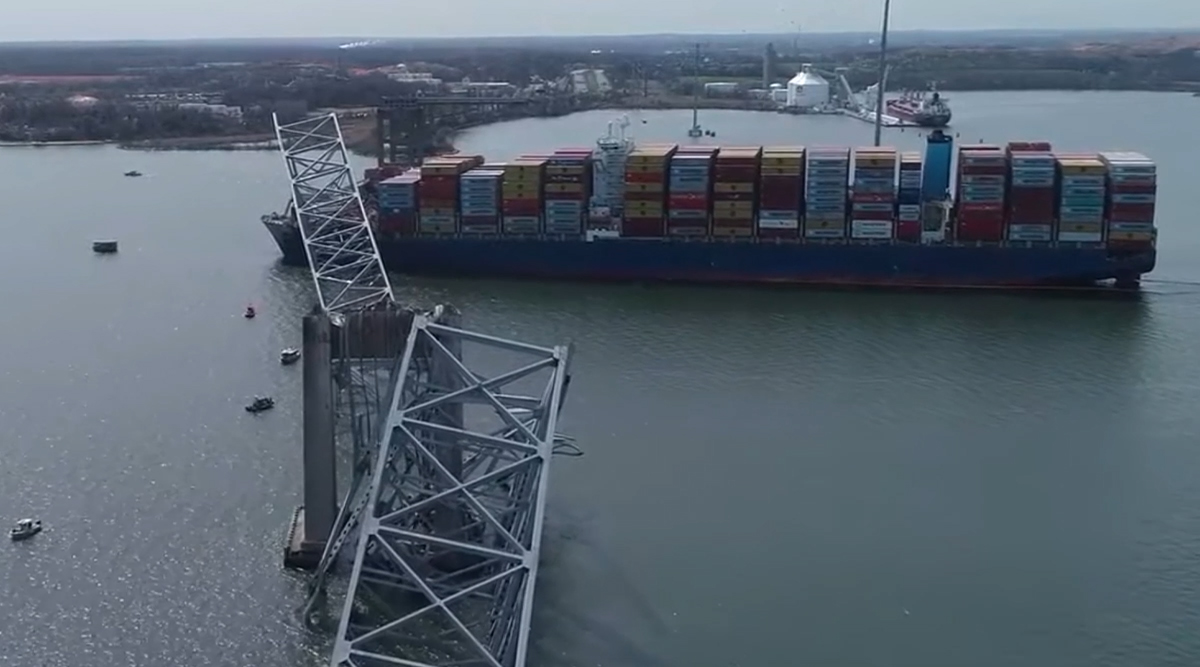5 Key Components in International Contingency Planning

The global logistics outlook indicates a lingering crisis mode, requiring adaptation to the new normal of accelerated global disruptions, be it environmental or geopolitical.
Industry executives told the Journal of Commerce’s TPM24 conference earlier this week that shippers should be rethinking their inventory strategies with no resolution in sight to the rerouting of vessels around southern Africa due to the Red Sea disruptions, adding an average of two weeks to transit time rerouting around the Cape of Good Hope. Additionally, regulatory pressures around decarbonization efforts, an operational strategy in place before the Red Sea interruptions, are likely to drive long-term reductions in ship speeds.
While today’s volatility and shifts in inventory strategy create uncertainty and are impacting global logistics execution, disruption is not a new topic in supply chain. With respect to shippers maintaining the flow of goods internationally, contingency planning for a resilient supply chain involves 5 key components:
1. Customized Risk Assessments: Recognizing that each shipper faces unique risk factors, thorough risk assessments for mission-critical suppliers are imperative. Interrogating their risk mitigation strategies, mapping out potential risk scenarios, and prioritizing continuity of supply ensures a resilient response to disruptions.
2. Shift from “Just in Time” to “Just in Case”: Diversifying supply chain operations by incorporating different modes of transportation, routes, ports, and sourcing locations is crucial. Moving from a “just-in-time” to a “just in case” approach prioritizes risk mitigation and maintaining larger inventories to ensure business continuity during supply chain disruptions.
3. Flexibility in Planning: Recognizing the unpredictability of disruptive events, such as weather, strikes, accidents, or geopolitical instability, flexibility is key to effective contingency planning. Remaining open to non-standard solutions and a willingness to think outside the box can set organizations apart from competitors.
4. Enhanced Visibility and Control: Achieving end-to-end visibility of shipments is critical for supply chain management. Legacy’s advanced tools offer real-time visibility and analytics, including reporting on CO2 emissions data, helping customers meet their ESG reporting goals.
5. Clear Communication with High-Touch Service: Legacy provides a full suite of import and export services tailored to individual customer needs. With in-house customs brokers and dedicated customer service representatives, proactive communication during disruptions or delays is ensured. Long-standing relationships with shipping lines, partners, and agents allow for flexibility in navigating challenges.
While we can’t predict tomorrow’s new disruptor – preparation is the most powerful tool in the logistics manager’s toolkit. If you’re looking for new ways to take on today’s global logistics challenges – Legacy aids our customers in navigating international instability and supply/demand volatility through proactive planning, multi-modal routing, innovative solutions, end-to-end visibility, and high-touch service.
Get Insights. Stay Ahead.
Get the latest news and insights via email on warehouse improvement, transportation optimization, labor strikes and international shipping rate changes.Popular Posts
Search Posts
-
2024 Q1 Freight Landscape: Trends, Challenges, and Predictions
As the first quarter of 2024 comes to an end, here are some observations over the past few months as well as predictions about the trucking...
+ Read more -
Baltimore Bridge Impact Assessment – Update
Following the recent Baltimore Bridge collapse and subsequent port closures, we want to keep our customers informed about the situation and...
+ Read more -
Global Momentum Builds for Charge on Global Shipping Sector’s CO2 Emissions
A growing coalition of 47 countries, including key players like the European Union, Canada, Japan, and various Pacific Island nations, is...
+ Read more









